Teleconverters are more than just small pieces of glass that increase the effective focal length of your lens. Besides affecting focal length, teleconverters also affect autofocus speed and accuracy. Photographer Steve Perry explains everything you need to know about teleconverters:
How Teleconverters Affect Focal Length and Depth of Field
“A teleconverter is basically a secondary lens that you mount between your primary lens and the camera.”
Every teleconverter has a small multiplication factor that comes into play when introduced between the camera and the lens. This is what increases the effective focal length of the lens. In the process, a teleconverter also results in a smaller effective f-stop.
For instance, a commonly used 1.4x teleconverter multiplies the focal length by 1.4, but you lose 1 stop of light in the process. Then there are 1.7x teleconverters that drop the maximum aperture by 1.5 stops and 2x teleconverters that drop the maximum aperture by 2 stops.
A teleconverter not only affects a lens’s focal length but also its depth of field. For instance, if you use a 2x teleconverter on a 400mm f/2.8 lens, it won’t have the performance of an 800mm f/2.8 lens. Instead, it’ll perform like an 800mm f/5.6 lens.
Teleconverters and Image Quality
Teleconverters are great for increasing your reach. But, on the downside, they affect your image quality as well.
“The extent of image quality drop depends on the lens and the teleconverter in use.”
A teleconverter essentially works by grabbing the central part of the image circle, magnifying it to cover the entire sensor and discarding the rest.
“You can imagine that the smaller the area the teleconverter uses, and the more it has to stretch it out, the lower the image quality is going to be.”
Since the 1.4x teleconverter has to stretch the image less, it will have less degradation in image quality as when compared with other teleconverters.
Also, if you use high-quality lenses, the teleconverter will produce a better result.
Auto Focus Performance
Autofocus performance is another area that takes a hit when you use a teleconverter. When using a teleconverter, the lens will perform a bit more slowly. And as in other cases, the higher the magnification factor of the teleconverter, the slower the lens becomes.
Usually when a teleconverter drops your maximum f-stop to f/5.6 or smaller you’ll start noticing a considerable difference in autofocus performance. At higher f-stop values, fewer autofocus points are able to function properly. However, the level at which the performance will see a hit depends entirely on the make of the camera.
Effect of Teleconverters on Minimum Focusing Distance
Using a teleconverter doesn’t affect the minimum focusing distance of the lens. For instance, using a 1.4x teleconverter on a 300mm lens with a minimum focusing distance of 1.45m will change its effective focal length to 420mm while still allowing you to shoot with a minimum focusing distance of 1.45m.
If you use a teleconverter with a macro lens, you’ll end up getting more benefits. Doing so will increase your working distance and also let you take photos with magnification beyond 1:1.
“Adding a teleconverter allows increased magnification without changing the minimum focusing distance.”
Watch Your F-Stop When Removing Teleconverters
Sometimes, when removing the teleconverter, the aperture will go back to its widest setting, while at other times it will stay at the same value it was being used at with the teleconverter.
This usually happens when you change the f-value while using the teleconverter, either intentionally or by accident. So, if you don’t make any changes to the f-value and remove the teleconverter, the aperture will go back to the widest setting. But, if you change the f-value, the camera will stick with whatever f-stop value is displayed on the screen, even if it’s wide open with the teleconverter attached.
“The bottom line is to double check your f-stop whenever you remove the teleconverter to make sure it’s still where you want it.”
Tips for Getting the Best Results From a Teleconverter
Use a Faster Shutter Speed
When you use a teleconverter, you’ll need to treat the lens the same way you would when using an actual lens of that focal length. This implies that when shooting handheld with a teleconverter, you will need to use a faster shutter speed to overcome camera shake.
For instance, if you could take a handheld shot without camera shake at 1/125 second when using a 105mm lens, you will need to increase the shutter speed when using a 2x teleconverter with that lens. The lens will behave like a 210mm lens, so perhaps a shutter speed of 1/250 second will be necessary.
Get Yourself High-Quality Teleconverters
It’s a good idea to use teleconverters that are from your lens manufacturer, especially if the manufacturer is the same as your camera. For instance, a Nikon teleconverter would work great with a Nikon lens and a Nikon body. They can be a bit pricey but produce great results. They’re cheaper than buying huge telephoto lenses anyway.
Calibration and Auto Focus Fine Tuning
“If you use AF fine-tune or any other form of lens calibration, you need to calibrate your lens, and lens plus teleconverter combo separately.”
Since the teleconverter comes in between the lens and the sensor, it adds a bit of variance of its own. The camera thinks of the lens and teleconverter combo as an entirely different lens, which leads to the need for a separate calibration.
When to Use Teleconverters
You’re not alone if you think that you need to use teleconverters when photographing distant subjects. Perry has a different opinion on this matter.
“In my experience, I find that the best way to use a teleconverter is to help finish filling the frame.”
If you’re in a situation where the image would look better if the subject filled the frame a little more, then you’d be better off using a teleconverter. But, if you still find yourself in a situation where you need to heavily crop the image even after using a teleconverter, you’ll end up being disappointed.
Field Tips for Using a Teleconverter
- If you find yourself taking the teleconverter off of the camera frequently, put it in a small pouch instead of putting the caps on it. This will save you a lot of time. Perry uses a Running Buddy XL Buddy pouch for the purpose which is actually a cell phone pouch that goes around the waist.
- When placing the teleconverter in the pouch, place it so that camera mount side faces your body. This way, when you take the teleconverter out, the mount will already be facing the camera.
- Place your index finger on the lens release lever when mounting the teleconverter on the camera. If the ridges on the lever are not pointing toward your palm, you’ll know that you need to flip to the other side.
- On Nikon bodies, having the lens release lever pointed downward when mounting it on the camera will allow you to mount it faster without even looking. Practice it a few times and you can get it right quickly.
- Nikon teleconverters have a rubber seal on the part that mounts to the lens. This seal can sometimes get caught in between the lens and the mount if you’re not careful. Whenever mounting the lens, if you feel an unusual resistance, take the lens off and make sure that the rubber isn’t in the way.
What are your tips for using teleconverters?
Like This Article?
Don't Miss The Next One!
Join over 100,000 photographers of all experience levels who receive our free photography tips and articles to stay current:
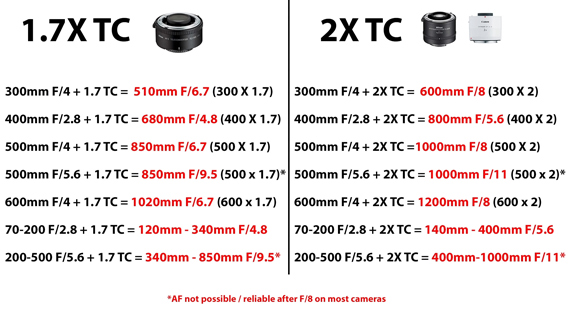
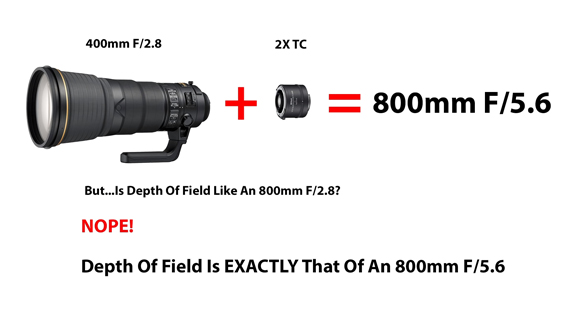
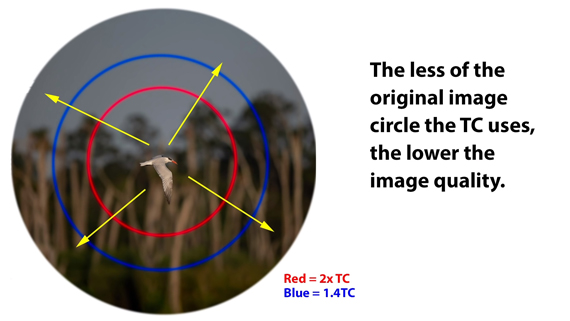
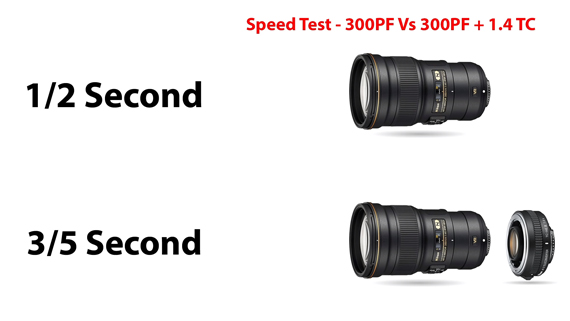
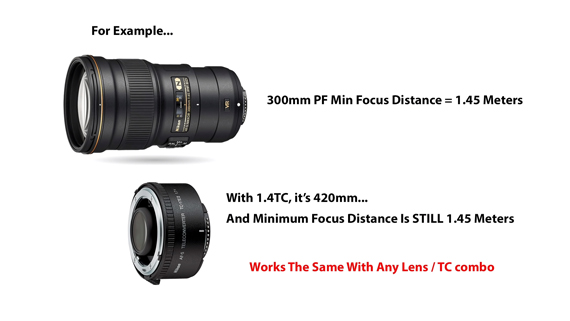
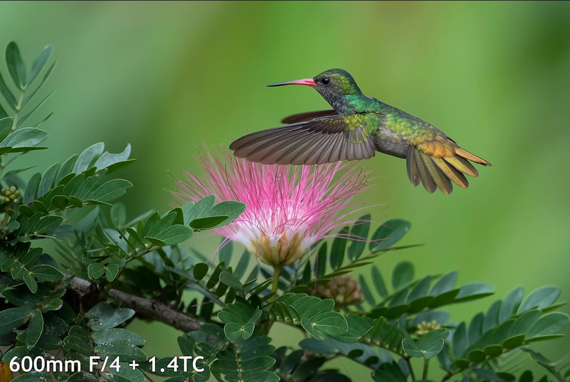
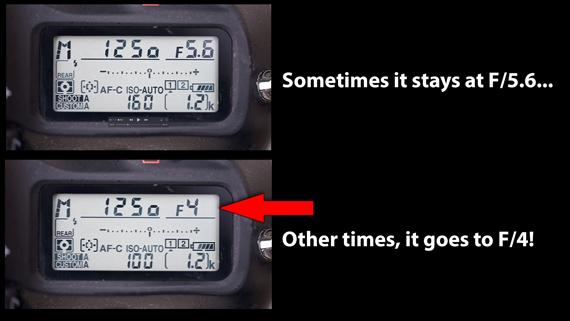
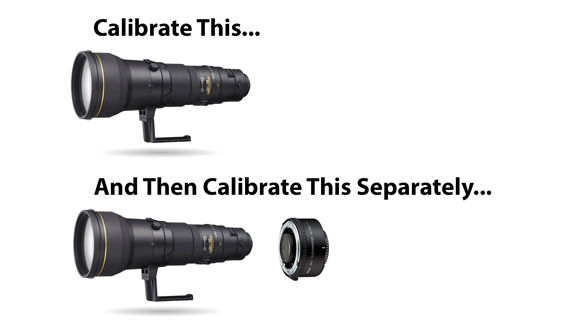







Leave a Reply